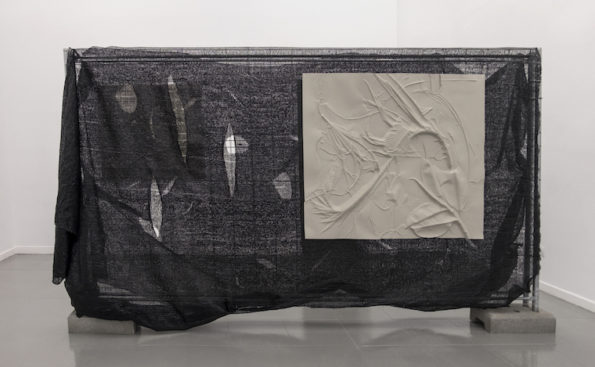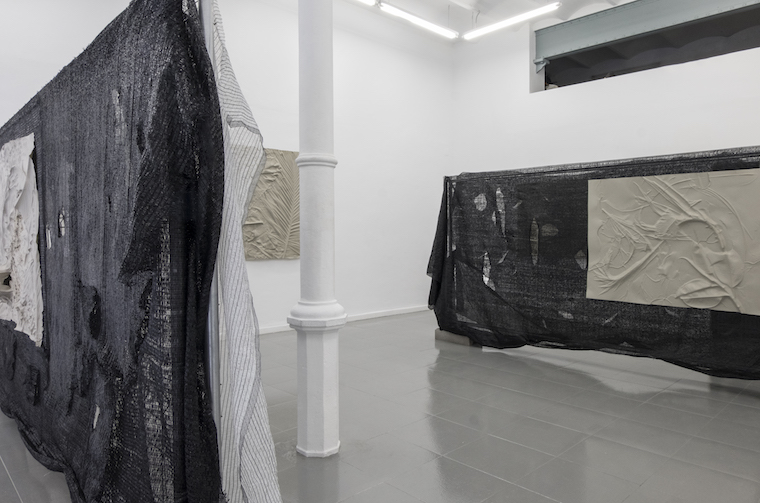Search
To search for an exact match, type the word or phrase you want in quotation marks.
A*DESK has been offering since 2002 contents about criticism and contemporary art. A*DESK has become consolidated thanks to all those who have believed in the project, all those who have followed us, debating, participating and collaborating. Many people have collaborated with A*DESK, and continue to do so. Their efforts, knowledge and belief in the project are what make it grow internationally. At A*DESK we have also generated work for over one hundred professionals in culture, from small collaborations with reviews and classes, to more prolonged and intense collaborations.
At A*DESK we believe in the need for free and universal access to culture and knowledge. We want to carry on being independent, remaining open to more ideas and opinions. If you believe in A*DESK, we need your backing to be able to continue. You can now participate in the project by supporting it. You can choose how much you want to contribute to the project.
You can decide how much you want to bring to the project.

It is usually easier to explain a story through a fiction narration endowing it with evidence and even ironies that are a criticism towards something or someone. Overflowing what we understand for truth through the words becomes a symbolic gesture that is able to observe different realities from another scope, wider and complex at the same time. It is not easy to decode, perhaps for some people is even a though exercise, but necessary to move in different languages. In the artistic field, when this written gesture acquires more power than the project itself a strange situation occurs: automatically, we think that the artist has not been capable of expressing it visually. But, what happens when that is the intention, when the author wants to give more importance to the text than to the work? The exhibition Medicane at Bombon Projects leads us up to this matter.
From the thought of the physical and symbolic limits between Barcelona and its outskirts (Gavà, El Prat de Llobregat). The artist elaborates a proposal which objective is to set up the space of the gallery placing in it two big fences such as the ones that separate the spaces that are in the middle of these localities, non-places [1] in which some of their citizens walk every day. Two sun screen fabrics traverse the extremes of each of those fences, allowing to see what is on the other side through small cuts that Martin has made. It is also thanks to these physical incisions that one can appreciate the poorness of the materials with which he works: molten plastic and leaves from plants. There are some sculptural pieces elaborated with these materials placed on the fabrics. The working process is accumulative (from the layers) and somewhat random but aesthetically powerful. However, going back to the beginning of the text, the potential is more discursive than aesthetic. All leaves that are integrated in the pieces answer to the real name of a plant: Kentia. And Kentia is also the voice that dialogues with the artist in this fictional text in which there is no room for multinationals, aerial views, health advices, nurseries and exoticism.
Naming “Diverse” to everything that until today was foreign, unusual, unexpected, astonishing, mysterious, loving, superhuman, heroic, and still divine, everything that is Other. Exoticism is usually “tropical”, said Victor Segalen in Essay on Exoticism. Narrating an ‘exotic’ story through the fiction to exactly think about this term and do it without failing into moralizing speeches about environmentalism and globalization, from my point of view, is very surprising; I am convinced that Kentia would think the same.

Overview of the exhibition. Photography by Ketevan Gvinedadze
(Highlighted image: Martín Llavaneras, Royal, 2019. Photography by Ketevan Gvinedadze)
[1] Augé, Marc. Los no lugares. Espacios del anonimato: una antropología de la sobremodernidad. Barcelona: Gedisa, 2009 (1992).

Writer and researcher. Graduated from Communication and Cultural Industries at the University of Barcelona, she is currently finishing the Master’s degree in Advanced Studies in Art History at the same university and working in her final project: the exploration between the public space, museum institution and identity through the relational art. She has worked in the department of exhibits at the Contemporary Art Museum of Barcelona (MACBA) and she is now part of the commission group On Meditation. She writes about art in Exit Express and has collaborated in Tentaciones of El País and PlayGround Mag.
"A desk is a dangerous place from which to watch the world" (John Le Carré)